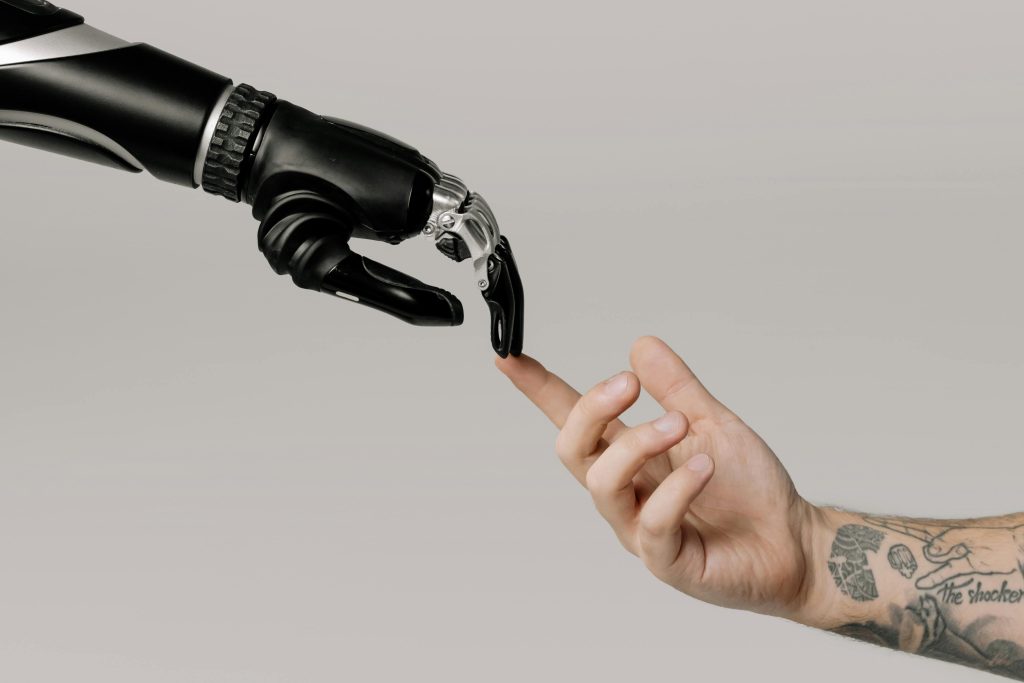There was a time when “assistant” meant a human with a notepad, answering phones and managing calendars. Fast forward to 2025 — that assistant now lives in the cloud, powered by algorithms, and speaks dozens of languages fluently. The Artificial Intelligence Assistant has evolved from a simple task helper into an indispensable business partner — one that anticipates, analyses, and acts faster than any human team could.

From Automation to Anticipation
The early days of AI assistance were about automation — answering FAQs, managing reminders, or pulling up reports. But today’s AI assistants don’t just react — they predict. They know when a customer is likely to churn, when a team might miss a deadline, or when an inventory shortage is about to occur.
Powered by machine learning, these assistants don’t need explicit instructions anymore. They learn from data, identify patterns, and make real-time recommendations. It’s like having an analyst, secretary, and strategist all rolled into one.
Imagine an assistant that tells you:
“Your best-selling product will run out of stock next week. Shall I reorder 200 units?”
That’s no longer futuristic — it’s happening today.
How Businesses Are Using AI Assistants
Across Singapore and the region, companies are embedding AI assistants into their operations — not as tools, but as teammates.
- Sales teams use them to manage follow-ups, remind reps of warm leads, and summarize call notes.
- Operations managers rely on them for scheduling, procurement tracking, and daily reporting.
- Customer service teams integrate them with chatbots and call centers for seamless handovers.
An AI assistant ensures nothing slips through the cracks — every lead is nurtured, every message replied, every deadline met.
The Strategic Advantage
The biggest shift is how AI assistants are moving from administrative to strategic. They now analyze customer behavior, market trends, and internal efficiency.
For small and medium enterprises (SMEs), this means you no longer need an army of staff to stay competitive. Your AI assistant can handle what used to take three people — without salary, downtime, or error.
Companies that embrace AI early often see:
- 30–50% improvement in task completion speed.
- Lower operational costs.
- More consistent communication and data accuracy.
The Human + AI Partnership
AI doesn’t replace people — it enhances them. Imagine your human staff doing what they do best: creative problem-solving, relationship building, and strategic planning — while AI handles scheduling, replies, and analysis.
The winning businesses of the future will be those that combine human intuition with machine intelligence — a partnership where creativity meets computation.
What It Means for the Future
The evolution of the Artificial Intelligence Assistant represents more than a technological leap — it’s a cultural one. It redefines how businesses operate, how employees work, and how customers interact.
In the next few years, expect assistants that talk naturally, reason independently, and collaborate across platforms — not just as helpers, but as trusted digital colleagues.
For businesses ready to evolve, the message is clear: the AI assistant isn’t coming — it’s already here, and it’s ready to work beside you.

